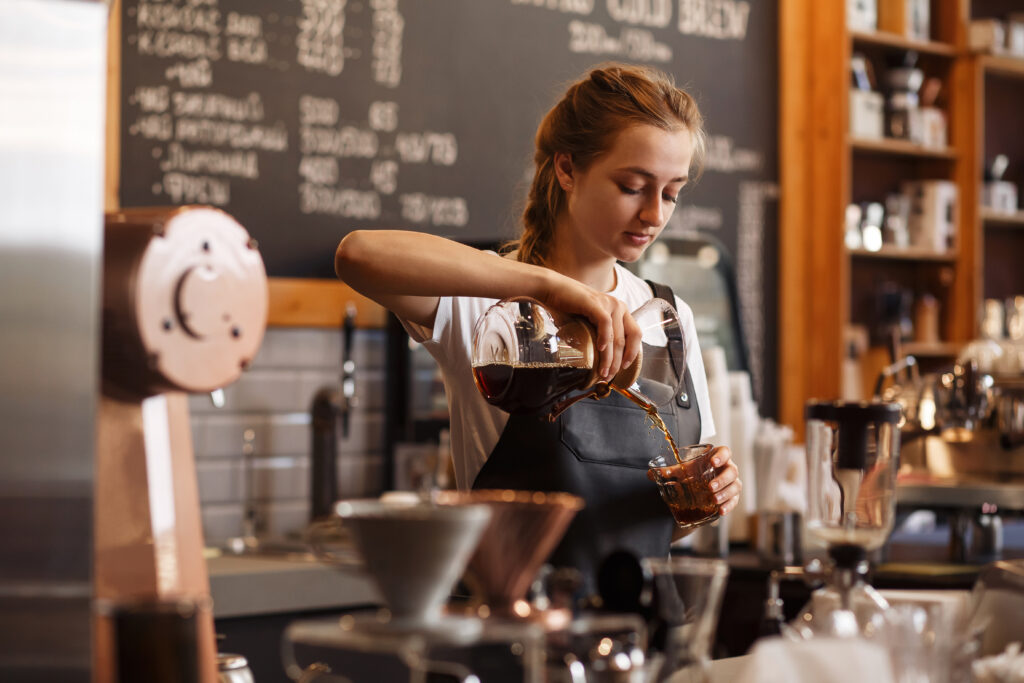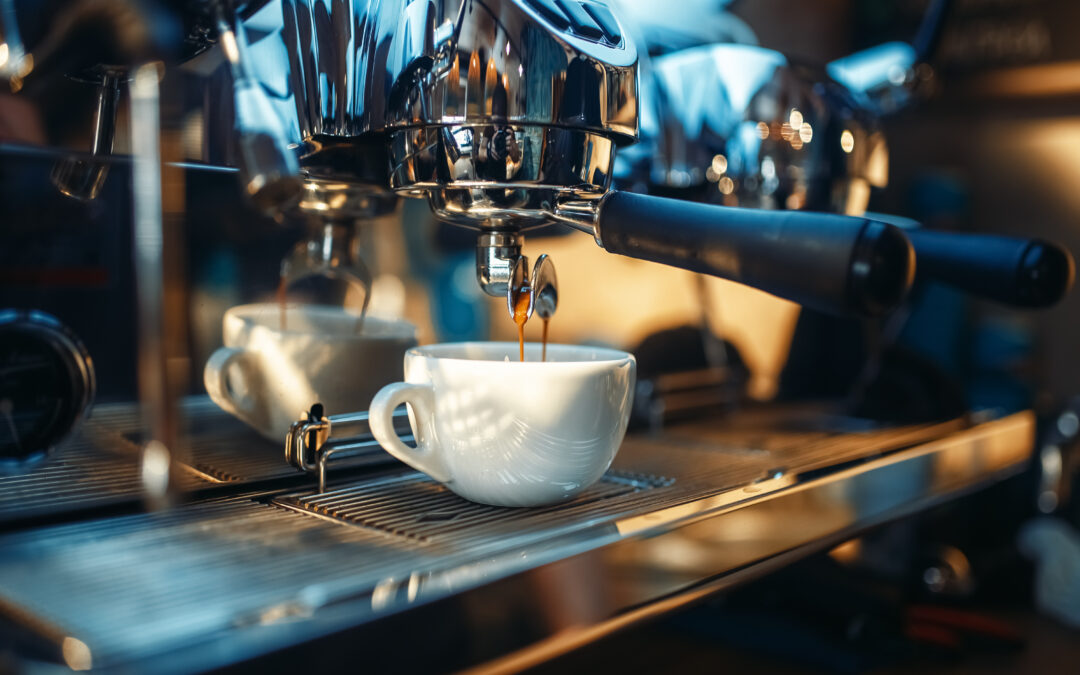You buy the same beans your favorite cafe sells. You follow the instructions. You brew it at home. And somehow, it tastes completely different. Not just a little different, noticeably worse. Before you blame your taste buds or your technique, here’s the truth: cafe coffee genuinely tastes better, and there are scientific reasons why your kitchen setup can’t compete.
It’s the Water (Seriously)
Your coffee is 98% water before you add cream and sugar. That means water quality isn’t just important, it’s everything. Tap water contains minerals, chlorine, chloramines, and varying pH levels that can neutralize coffee’s natural flavor notes or knock out its acidity altogether. Depending on your water’s mineral content, it can swing your coffee’s taste from creamy and fresh to bitter, neutral, or even sour.
Coffee shops use commercial filtration systems that go far beyond the basic Brita pitcher on your counter. These systems range from taste and aroma regulation to reverse osmosis brewing. The right balance of magnesium and calcium actually enhances coffee flavor, while too many minerals or the wrong pH ruins it. Water softeners, which many homes have, remove the hardness that good coffee needs.
Bottled water isn’t the answer either. It comes pre-blended with carefully orchestrated minerals meant to make the water taste good, but those same minerals interfere with coffee brewing. Filtered water is your best bet at home, but it still won’t match the precision of commercial systems.
The Equipment Gap
Maybe you have a decent drip machine. Maybe you even have an espresso maker. But coffee shops have industrial equipment designed to serve hundreds of people daily without breaking down. These machines maintain consistent water temperatures between 195°F and 205°F, the optimal range for brewing. Most home drip machines can’t reach that range.
Cafes also maintain and service their equipment religiously. Degraded or dirty equipment changes coffee’s flavor profile, so professional establishments clean and calibrate constantly. Your home machine, meanwhile, probably has mineral buildup and old coffee oils affecting every brew. Professional equipment isn’t just about power, it’s about precision and consistency that home appliances simply can’t match.

Freshness Makes or Breaks It
Here’s where cafes have an almost unfair advantage. Coffee shops that roast in-house serve beans that were roasted days or even hours ago. The rule of thumb is that coffee tastes best seven to 21 days after roasting. Research shows roasted coffee loses 70% of its flavor and aroma within a week or two.
That bag of beans you bought from the cafe? It might sit on your shelf for weeks or months. The whole time, it’s losing flavor. Coffee shops have rapid turnover, using beans at peak freshness constantly. Some specialty shops roast throughout the day, ensuring every cup comes from optimally fresh beans. Your pantry simply can’t compete with that cycle.
Grinding matters too. Coffee shops with quality burr grinders produce consistent particle sizes and grind right before brewing. Pre-ground coffee or inconsistent home grinding affects extraction and flavor. The moment coffee is ground, it begins losing volatile compounds that create aroma and taste.

Can You Bridge the Gap?
You can’t replicate a cafe at home, but you can improve dramatically. Start with the basics: buy fresh beans from local roasters who date their bags. Invest in a burr grinder and grind right before brewing. Use filtered water, not tap or bottled. Learn proper coffee-to-water ratios (about 1:20 is a good starting point).
If your machine can’t hit proper temperatures or maintain consistency, consider upgrading to a pour-over setup where you control the water temperature manually. Store beans in airtight containers away from light and moisture. And most importantly, use them within a few weeks of roasting.
Will it taste exactly like your favorite cafe? Probably not. But understanding why the gap exists is the first step to making coffee at home that doesn’t leave you disappointed and craving that next cafe visit.

